Published in 2018 by The Rosen Publishing Group, Inc.
29 East 21st Street, New York, NY 10010
Copyright 2018 by The Rosen Publishing Group, Inc.
First Edition
All rights reserved. No part of this book may be reproduced in any form without permission in writing from the publisher, except by a reviewer.
Library of Congress Cataloging-in-Publication Data
Names: Kamberg, Mary-Lane, 1948- author.
Title: Cybersecurity : protecting your identity and data / Mary-Lane Kamberg. Description: New York : Rosen Central, 2018. | Series: Digital and information literacy | Includes bibliographical references and index. | Audience: Grades 5-8. Identifiers: LCCN 2017018777| ISBN 9781499439090 (library bound) | ISBN 9781499439076 (pbk.) | ISBN 9781499439083 (6 pack)
Subjects: LCSH: Computer securityJuvenile literature. | Computer networks Security measuresJuvenile literature.
Classification: LCC QA76.9.A25 K36 2018 | DDC 005.8dc23 LC record available at https://lccn.loc.gov/2017018777
Manufactured in the United States of America
During the December 2013 holiday shopping season, Minneapolis, Minnesota-based discount retailer Target suffered the largest cybercrime to date against a single retailer in the United States. According to the Los Angeles Times, the two-pronged, cyberattack affected as many as 110 million customersa little more than one-third of the American population.
The attackers infiltrated the point-of-sale systems at 1,797 Target retail stores in the United States and 124 stores in Canada, according to Business Insider. Point-of-sale systems are checkout systems shoppers use by sliding their credit and debit cards to pay for purchases. The hack affected customers who used their cards in person at Target storesbut not those shopping online. With the stolen information, the criminals could fabricate cards with correct account numbers and personal information numbers (PINs). A PIN identifies a bank customer when using a credit or debit card.
Target reported on a second attack the following month. This time, the thieves were after names, addresses, phone numbers, and email addresses. The hack involved both in-store and online customers. Putting the two hacks together gave the criminals easy ways to buy things, withdraw money from bank accounts, and use the internet as if they were the actual customers. Under the false names, they could commit fraud and other crimes.
Businesses must be on alert for theft of customers' credit card numbers and other information. The 2013 hack cost Target $290 million, according to the international news agency Reuters.
Everyone is at risk of having personal information stolen from computers, smartphones, tablets, and other devices. Protecting equipment, personal identity, and account numbers is the job of professionals in cybersecurity. But it is not only businesses of all sizes that have to be careful nowadays. Most young people have grown up online and connected since their earliest memories. Meanwhile, their parents and grandparents spend much of their lives connected to the internet as well. Social network use, email, and other online activities, whether used via computers or ever more ubiquitous smartphones, define most people's lives. They are a primary way that people interact socially and one of the main ways that people conduct their banking and other business activities.
As everyone's day-to-day activities become increasingly digital, the possible damage that can potentially be inflicted on them by hostile and remote strangers only grows. Threats include financial crimes and cons, in addition to acts of identity theft that can ruin one's credit and reputation and even risk exposing someone to likely potential law enforcement action. Based on the practices and recommendations of professional cybersecurity experts, individuals can take steps to avoid digital intrusions and protect themselves from those who seek to compromise their privacy or steal their identities and data. Common sense, tech savvy, and constant vigilance are some of the best defenses against one of the increasingly more common crimes these days.
Heroes and Villains
A mere four years after the birth of the internet in 1982, a personal computer virus originated in Pakistan and was first detected in 1986. It was called Brain. When a user put a floppy disk into an infected computer, the virus attacked the first part of the disk. Then the computer's floppy disk drive slowed down. The attack also made seven kilobytes of memory unavailable to the operating system. A byte is a unit of measurement used to describe the size of a computer's memory. A byte usually consists of eight binary digits that operate as one unit. A kilobyte equals 1,024 bytes, or 8,192 digits. Although Brain was the first PC virus, it would not be the last.
In 1989, Robert Morris created a new threat known as the Morris worm. It duplicated itself and spread so fast that it affected much of the internet, which back then had a tiny handful of users compared to today. It was the first widespread denial-of-service (DoS) attack. The goal of a DoS attack is to prevent legitimate users from accessing information or services.
For example, when a user types a URL into a browser, the user is asking a web server to view the page. In a DoS attack, the raider floods the network with requests. Because the server can process only a certain number of requests at once, the legitimate user can't get onto the site. According to Symantec.com, the Morris worm affected six thousand computers, about 10 percent of all computers then on the internet. When a DoS attack is waged from many different sources at once, it is known as a distributed denial of service (DDoS) attack.
Who Does This?
A hacker is a computer programmer who develops or modifies computer software to break into others' computer systems for good or ill. Some hackers try to damage the systems, shut them down, or steal personal or private information for illegal purposes. Others are skilled developers whose activities help users and businesses with computer systems.
The first hackers are believed to have appeared on the scene between 1984 and 1985 in the United Kingdom (UK). Computer users who came to be known as hackers committed a series of electronic break-ins. Among them were technology journalists Robert Schifreen and Steve Gold. They gained access to Prince Phillip's electronic mailbox in the Prestel Viewdata electronic mail service.
At the time, the UK had no laws covering computer crime. The journalists were charged and convicted of violating the Forgery and Counterfeiting Act (1981) for forging the password to gain access to the mailbox.

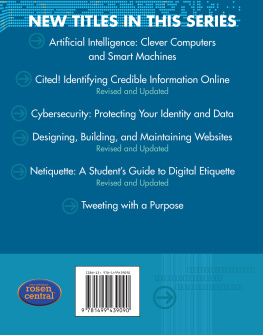

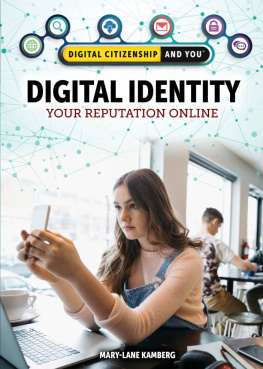


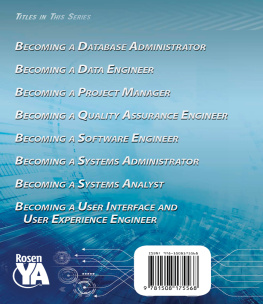




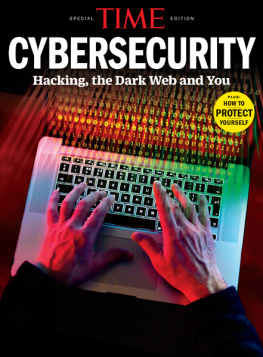
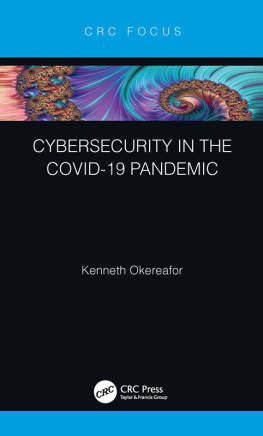
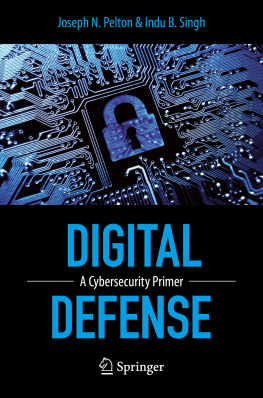
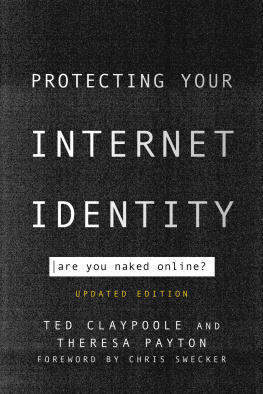




.jpg)
.jpg)
.jpg)
.jpg)